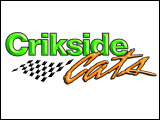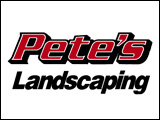A Saskatchewan based low stress pig handling trainer says techniques that use the pig’s natural behavior to ease movement can be effective in less ideally designed as well modern production facilities.
Low stress pig handling techniques harness the pig’s natural instincts and behaviors in moving them from pen to pen or onto trucks for transport.
Nancy Lidster, with White Fox based DNL Farms, says people are interested in doing things more easily and efficiently and in a lot of cases the techniques that save time also reduce distress and frustration.
For the most part we’re working with groups of animals and anytime we’ve got groups of animals we’re going to get some sort of herd behavior and the flowing behavior that we usually want requires that the pigs are calm.
Once we get them scared or worked up we’re more likely to get other herd behaviors.
They’re more likely to bunch up and quit moving or they’re more likely to try to circle back on us.
It’s a matter of being able to read the pig’s body language and anticipate those things and also anticipate our own responses because, if we’re not knowledgeable about them and if we’re not aware of our own habits and instincts, we will quite often instinctively do things that pull up the wrong herd behaviors and create a battle when things could actually be a lot simpler.
For the for the first quite a few years that I was moving pigs it never occurred to me to look ahead of the shoulders and actually see the communication that comes out of the head in terms of fear levels and where they’re paying attention and that sort of thing.
So the first step is for handlers to be aware of what they need to be looking for and what they need to be paying attention to and then after that understanding O.K. what do I do with this information and how can I use it to my benefit.
Lidster says these techniques can be effective even in less than ideally designed facilities but the handlers have to understand what they need to do to make them work.
Additional information can be accessed at dnltraining.com.
Source: Farmscape.Ca



